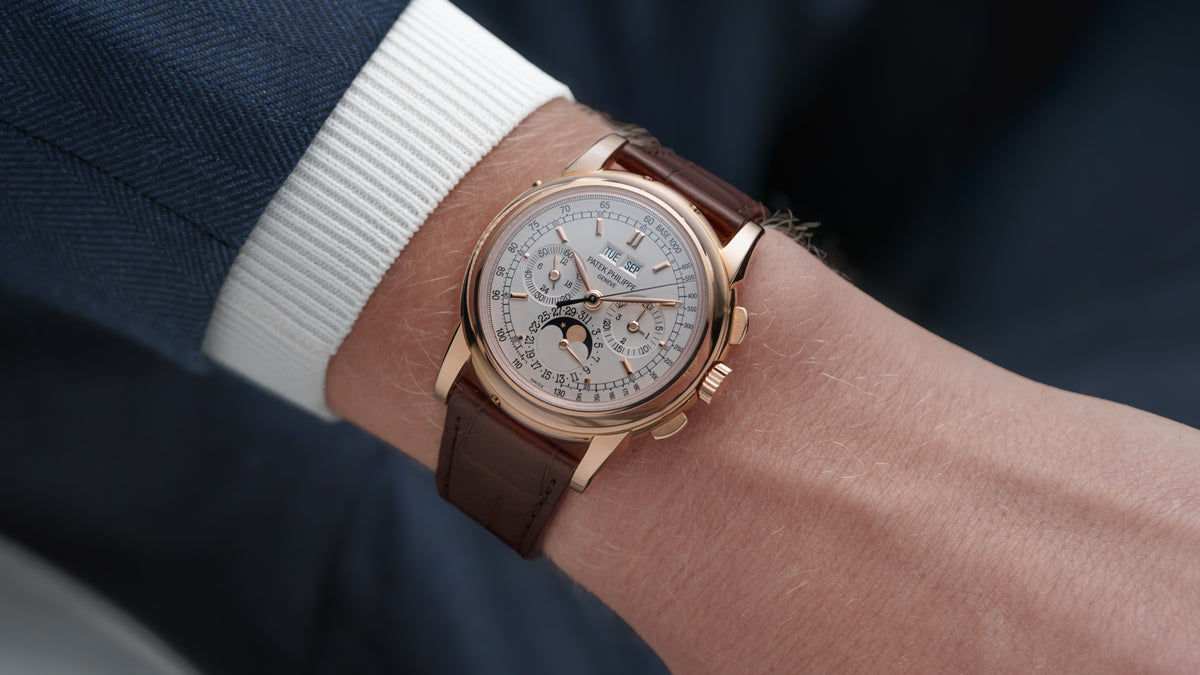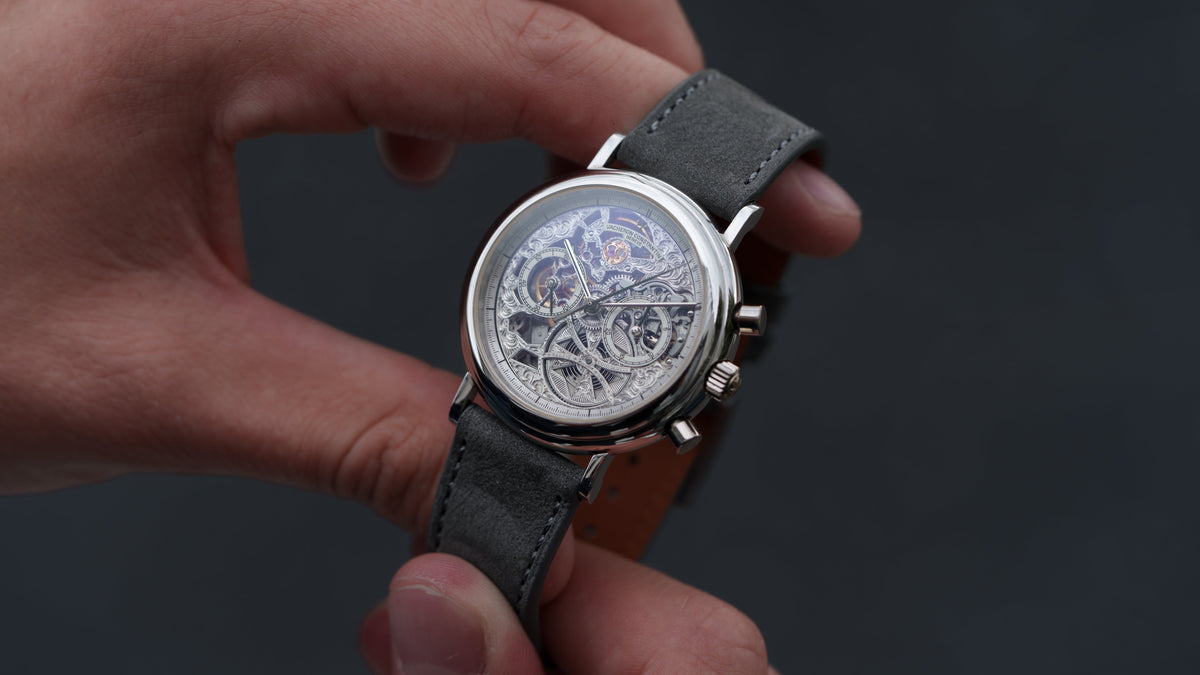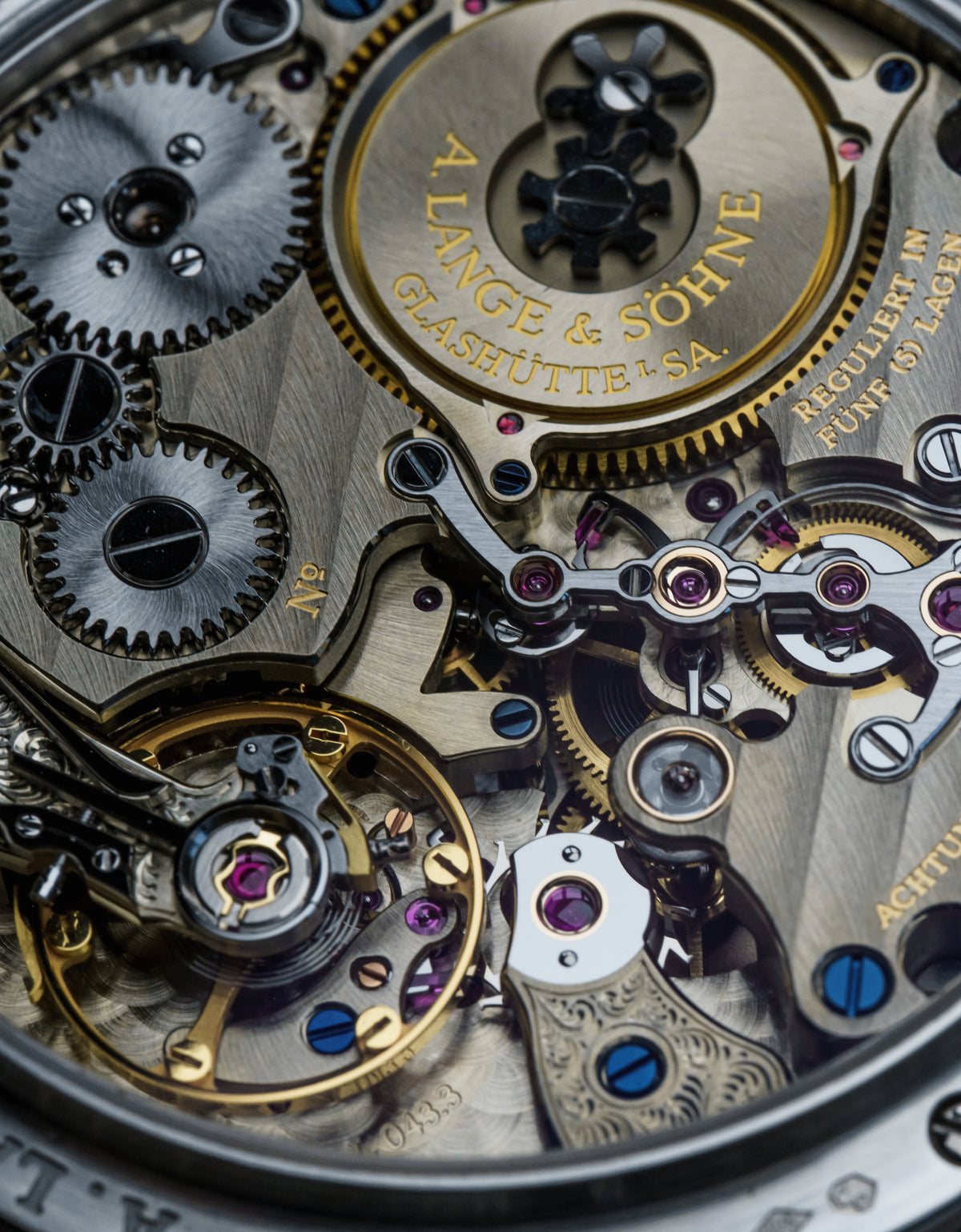Early Second Series Patek Philippe 3940P
I believe wholeheartedly we’re all in the outset of something pivotal happening right now with the 3940. Since ceasing production in 2007, there were always those who appreciated its proportions and font. But quickly thereafter, collectors also began to appreciate its role in pulling PP toward the modern era and reinvigorating complicated watchmaking, a mainstay of the collection that survived without significant alteration for two decades. It became a modern classic before nearly anything else from the neo-vintage era or the category itself. I’ve even been throwing around phrases before like ‘the quintessential Patek Philippe of the modern era’, without really pausing to think about how significant that is. Here’s what’s happening: we’ve all been ruminating on the 3940 hard for the last decade and in the last couple years or so, I believe we’re all arriving at the same place (some sooner than others). The 3940’s widespread cultural significance has begun ascending in the last few years toward the all time great PP references, a new ref. that can be mentioned in the same breath and with the same level of import as a 2499 or 1463. That’s new, and it’s a big deal.


In ’85, the 3940’s impressive complication was a bold statement: mechanical watchmaking is here to stay. Philippe Stern chose a 3940 as his personal watch not unthinkingly. The ultra-thin micro-rotor calibre 240Q was just 3.75mm tall while retaining chronometric specification and a 48 hour power reserve. There was a lot of engineering that went into that. As an example, to maintain that reserve, friction needed reducing. Patek eliminated the rotor inverter system and engineered a new gear tooth shape while polishing it differently to avoid frictional losses. The movement is still in production today only slightly altered, decades on. It was also the first attempt at a serial production volume perpetual calendar, which posed its own set of challenges. PP overcame them, and the long production run only existed because it satisfied collectors.


There are three main series of 3940, the first most collectable and third most attainable. We’re going to focus on the second here, because that’s what we’re looking at. The largest differentiation of a second series was the introduction of bevelled subdial edges, which gives a larger impression to the registers. But there are two types of second series, early and late. This is an early dial, more collected for its sans-crosshair leap year indication and more reminiscent of the purists’ first series. They also predate the standard of including exhibition and solid casebacks with each watch, this 3940 came with only a solid platinum back, which is such a subtle flex. Early second series are thought to have been produced from just ’87-89 but scarcely in platinum relative to other metals. This is a fantastically nuanced and quite uncommon example of the breed. The blurred line between modern classic and all-time great is a thin one. We’re on it.
It’s also a killer example on condition. Hallmarks are deep and the case looks perfect to my eye. Its hands have just a tiny bit of blued oxidation. It comes with its papers, accessories, but not box, from a well-regarded Belgian retailer.









































0 comments
Write a Comment